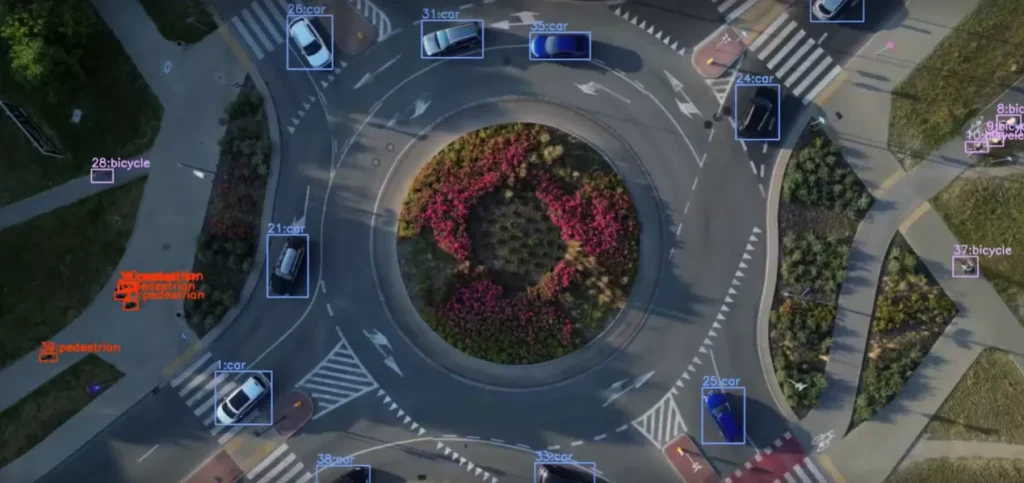

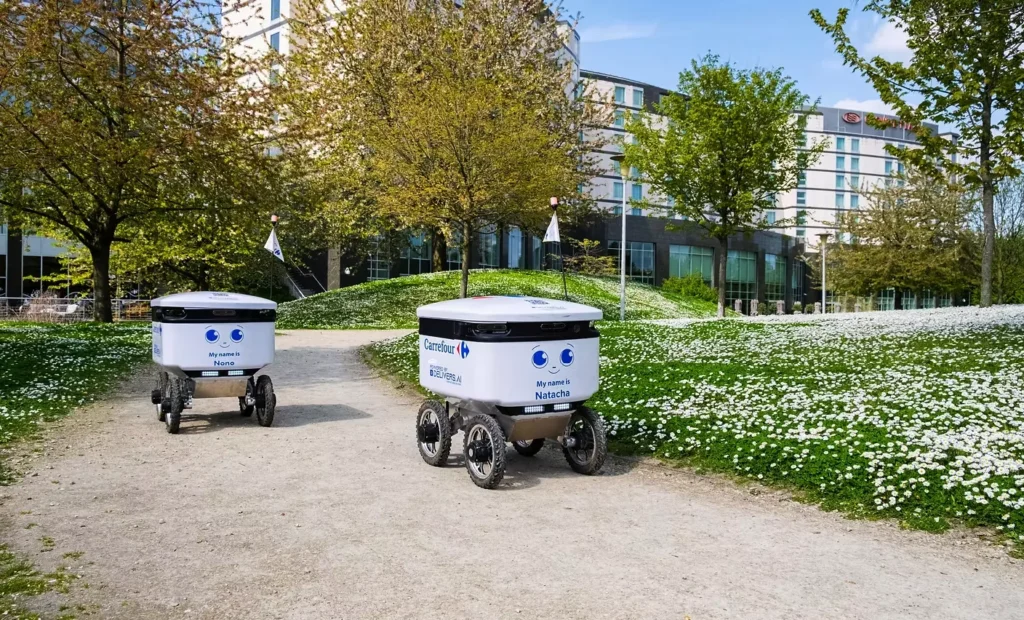
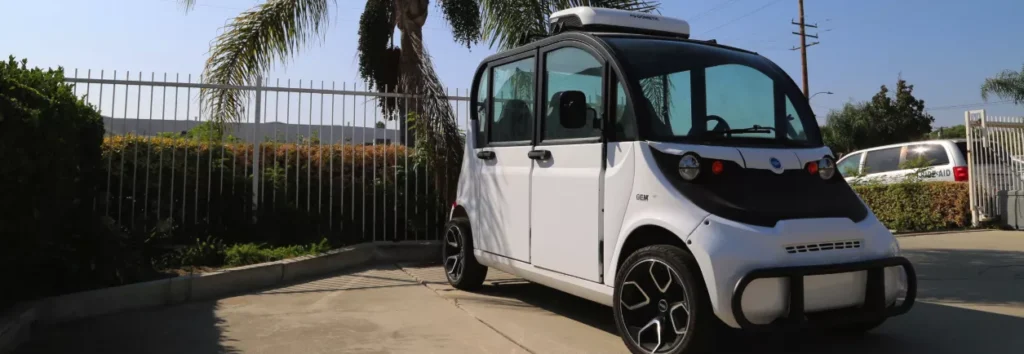
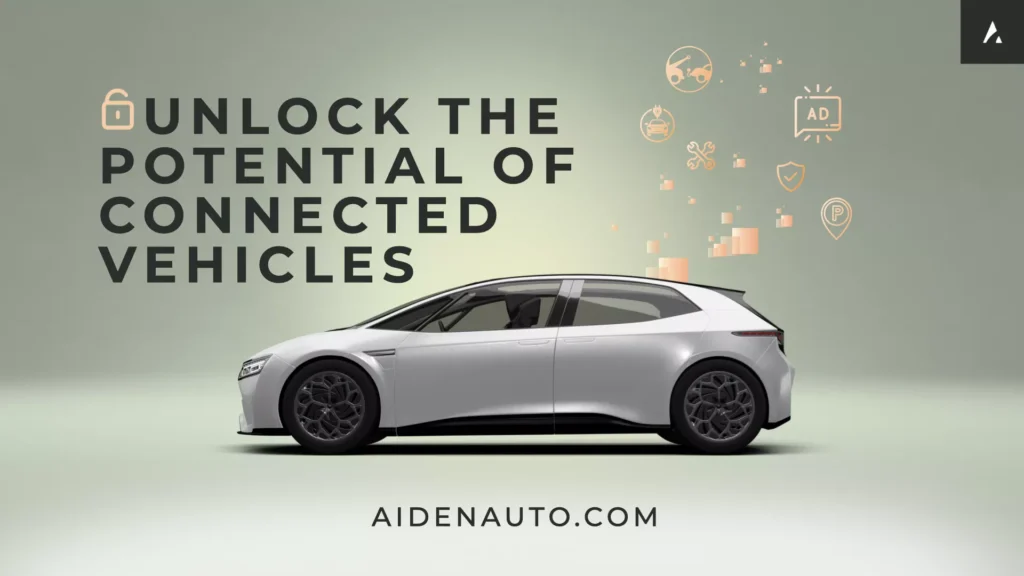





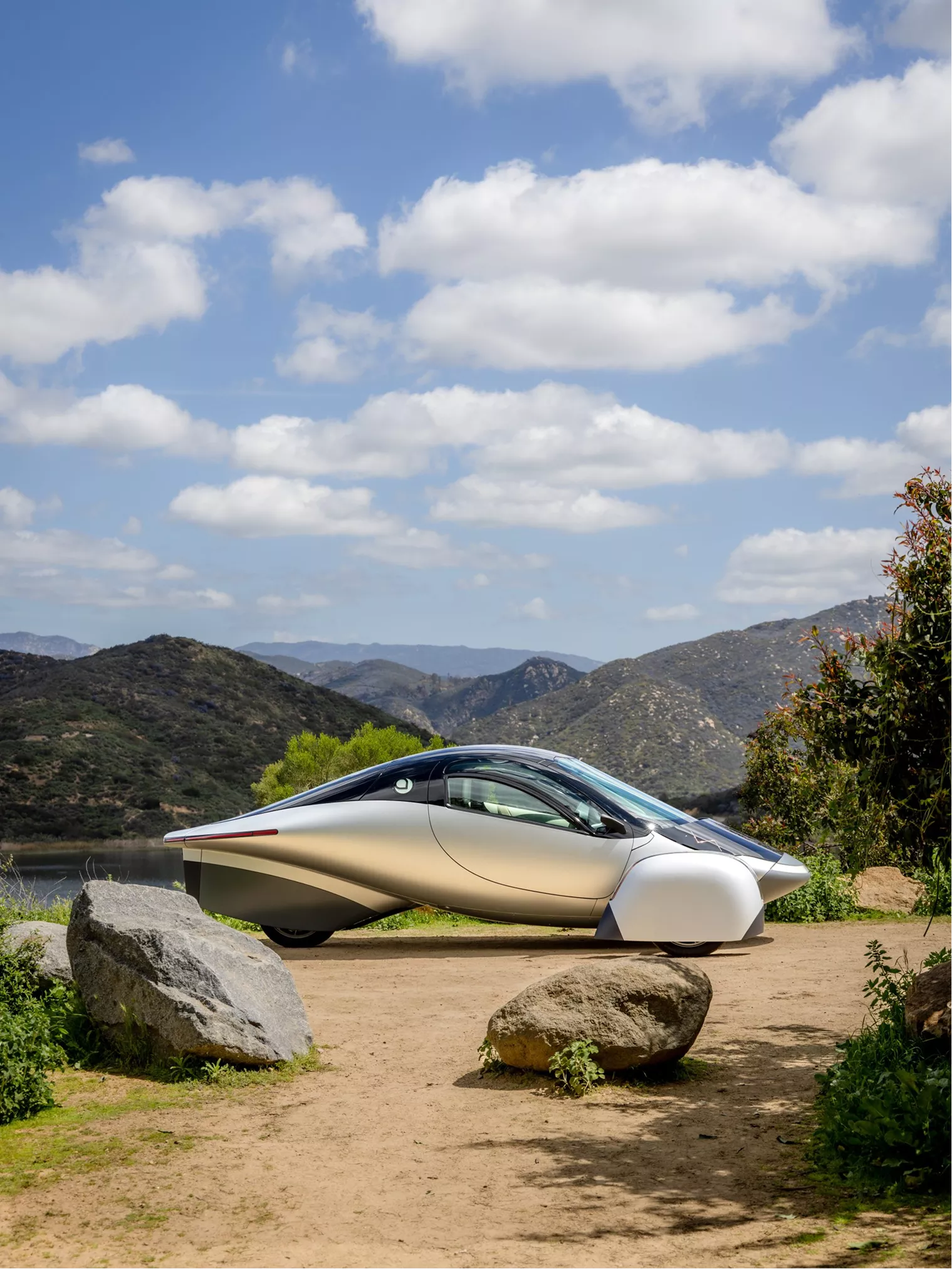
From EVs and batteries to autonomous vehicles and urban transport, we cover what actually matters. Delivered to your inbox weekly.
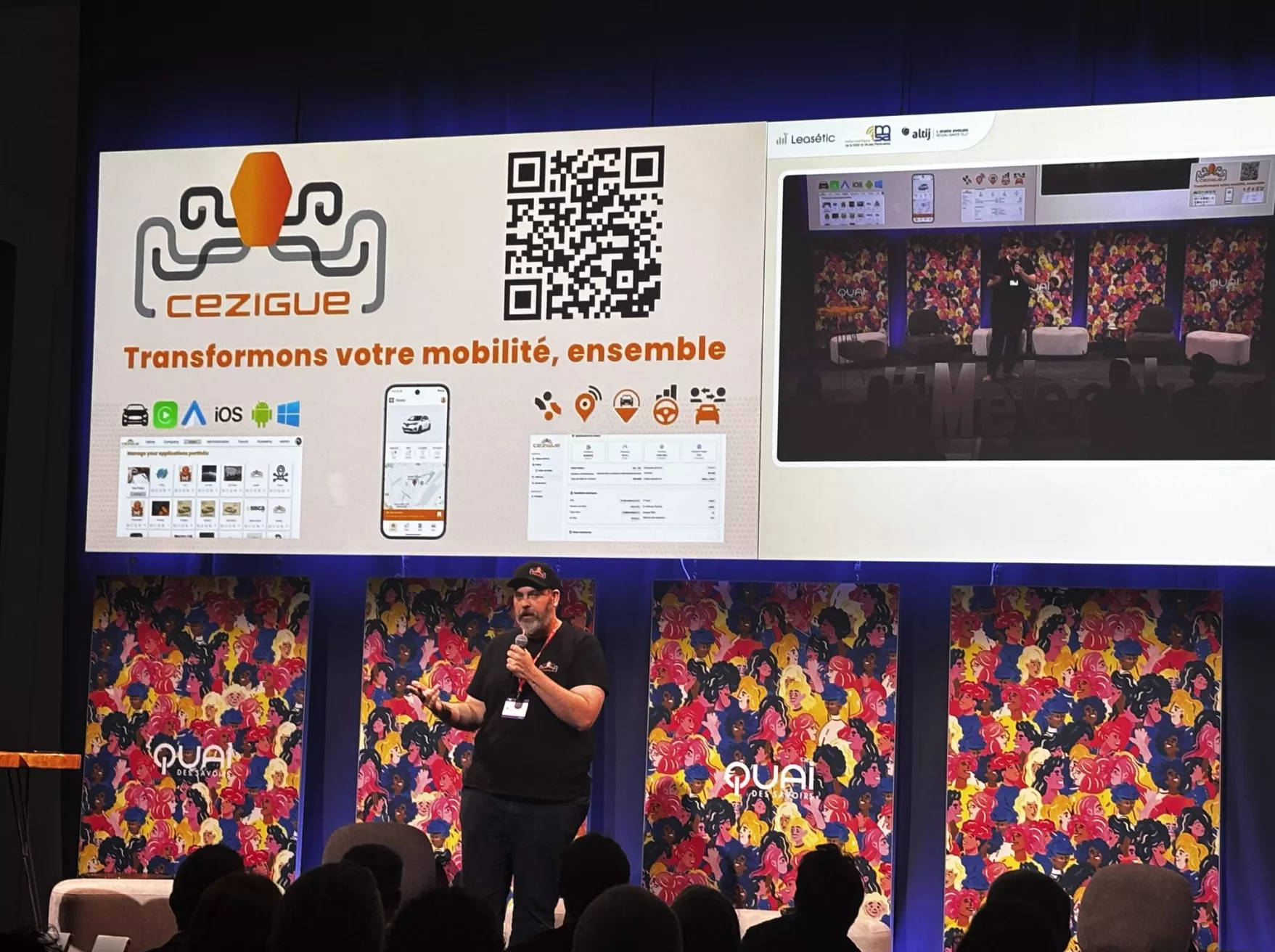
Building connected mobility apps is still painfully slow. Automakers, cities, and fleet operators all want seamless digital experiences – real-time tracking, smart charging, vehicle controls – yet most of them start from zero each time. Every project means new code, new integrations, and months of development.
That fragmentation is holding the industry back. A small city can’t afford a dedicated dev team. A fleet operator can’t rebuild an app for every vehicle brand. Even OEMs struggle to unify their services across markets.
Cezigue’s answer is to simplify all of it. The French startup wants to make building a mobility app as straightforward as creating a social media page. This means no code, no custom backend, and no API headaches. Their platform gives mobility players a set of ready-to-use “bricks” to assemble connected services in days instead of months.
It’s a practical idea with a clear mission – democratize connected mobility so innovation isn’t limited to those with massive R&D budgets.
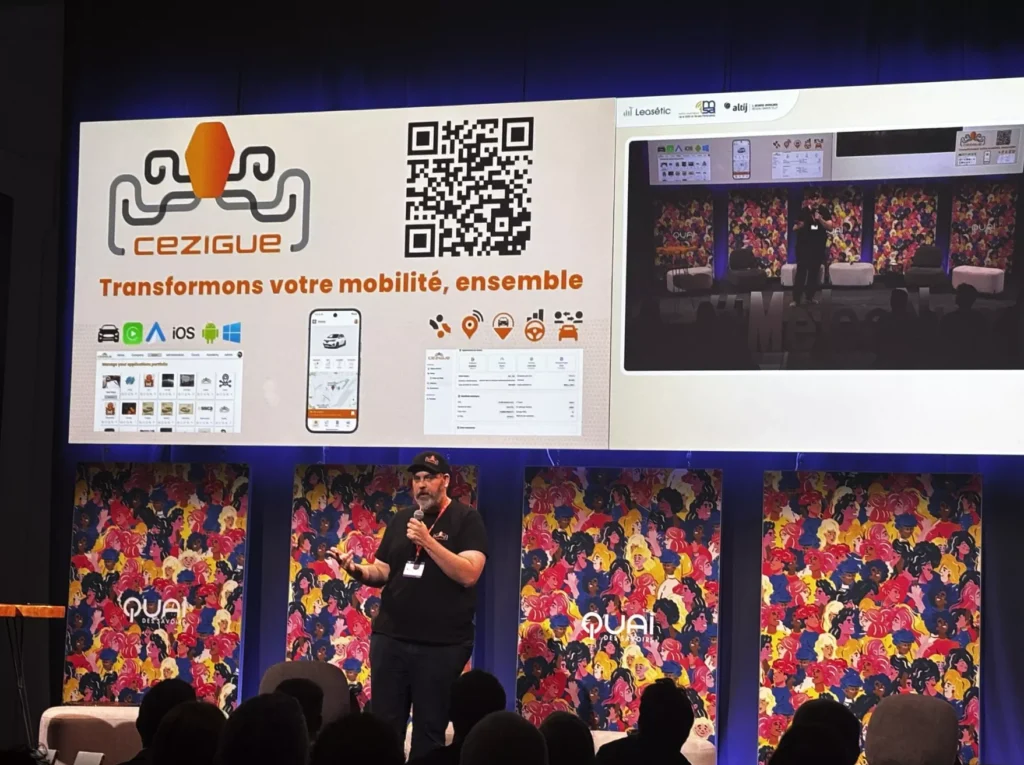
Cezigue began in southern France, far from the usual startup hotspots. In 2021, Sébastien Tricoire, Elie Begou, and Diana Mandis set up shop in Mirepoix-sur-Tarn, a small town near Toulouse. Their idea was – if mobility is becoming digital, then building digital tools shouldn’t be reserved for big tech teams.
Tricoire came from the world of mobility innovation and consulting, where he saw how fragmented the connected-vehicle ecosystem had become. Begou, a UX designer, brought the creative side – turning complex systems into simple, usable interfaces. Mandis added the marketing and business layer, helping shape the story and the strategy behind the product.
The three founders started with almost nothing but conviction. There was no big office and no investors – only a shared goal to make mobility innovation open, modular, and local. They joined IoT Valley, partnered with ICAM engineering school for early R&D, and later caught the attention of EIT Urban Mobility, which helped them refine and validate their vision.
From the very start, they focused on building the tool that would let everyone else create new mobility apps.
At its core, Cezigue is a no-code app builder built specifically for mobility. Instead of hiring developers or building backend systems from scratch – cities, fleets, and even automakers can open a web interface, drag a few modules around, and generate a complete app in a matter of hours. Both mobile and in-car apps.
The platform works like a set of digital “bricks.” Need a login screen, map, or vehicle-status page? Just drag it in. Want a dashboard for fleet tracking, a form for maintenance logs, or a chat module for drivers? It’s all there.
Each app is built visually, using pre-made components that connect to data sources under the hood. When you’re done, the same app can run on a smartphone or directly inside a car’s infotainment system using Android Automotive. The result is a full-featured mobility app, without you having to write a single line of code.
Behind the simplicity sits a clever system. The design interface is powered by Bubble.io, which Cezigue uses as its visual foundation. Each user action, like adding a module, defining a data field, or changing an icon, generates a JSON configuration file that defines the app’s structure and logic.
Cezigue’s backend compiler then takes over. It converts that JSON into native code and outputs a fully functional app for Android phones, Android Automotive OS, and soon iOS.
The platform also includes:
It’s a mix of creativity, automation, and technical abstraction, all wrapped in an interface that feels more like designing a website than developing software.
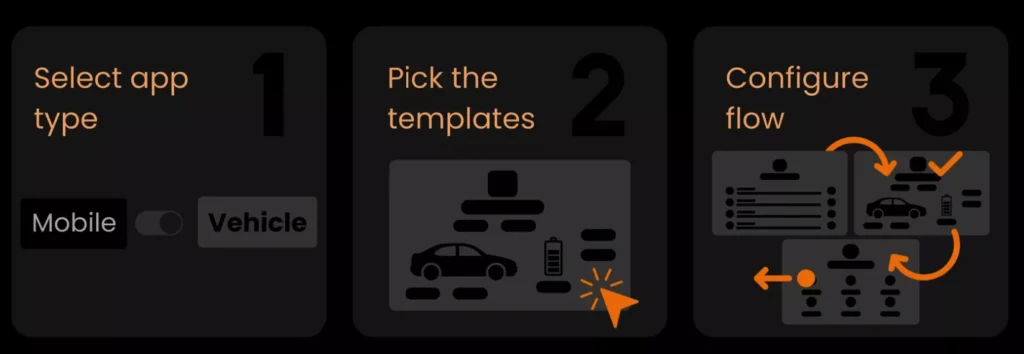
Plenty of no-code tools exist, but few are built with mobility in mind. Cezigue is laser-focused on the automotive space. Every feature, module, and integration serves one purpose – making connected vehicle apps easy to build and deploy.
Instead of asking users to deal with the complexity of OEM APIs, the platform handles it behind the scenes. That means apps can work across multiple car brands without rewriting code for each integration.
Most importantly, Cezigue is designed to be inclusive. It’s both for large OEMs that need scalable tools and for local communities that just want to launch simple, useful mobility apps. Whether it’s a car-sharing service in Paris or a municipal fleet in a small French town, the idea stays the same – give everyone the ability to build, connect, and deploy.
Cezigue’s early years were all about proving that its idea worked in practice. The turning point came in 2022, when the startup joined EIT Urban Mobility’s 5G Turbo accelerator and walked away with first place in its cohort. The win gave them both validation and visibility, opening doors to bigger partners and future pilots.
Next came Station F’s Moove Lab, one of Europe’s top mobility accelerators, and IoT Valley, the Toulouse-based tech incubator that became Cezigue’s home base. Through these programs, the team gained access to industry mentors, corporate networks, and potential clients, ranging from automakers to municipalities trying to modernize their digital infrastructure.
They also built connections with ICAM engineering school, which supported early R&D on automation and vehicle data integration, and joined the Alliance des Mobilités, a national cluster for sustainable transport companies.
Publicly, Cezigue began to step into the spotlight. The team showcased their no-code builder at VivaTech 2024 and again in 2025, demoing “white-label” mobility apps built entirely on their platform. Each event brought new partners – local councils, innovation labs, and even a major automaker now testing Cezigue’s compatibility with connected vehicles.
Today, with a small team of about nine people, Cezigue is no longer just an idea from southern France, but a recognized name within Europe’s mobility startup scene, officially listed by EIT Urban Mobility as a commercialised solution.
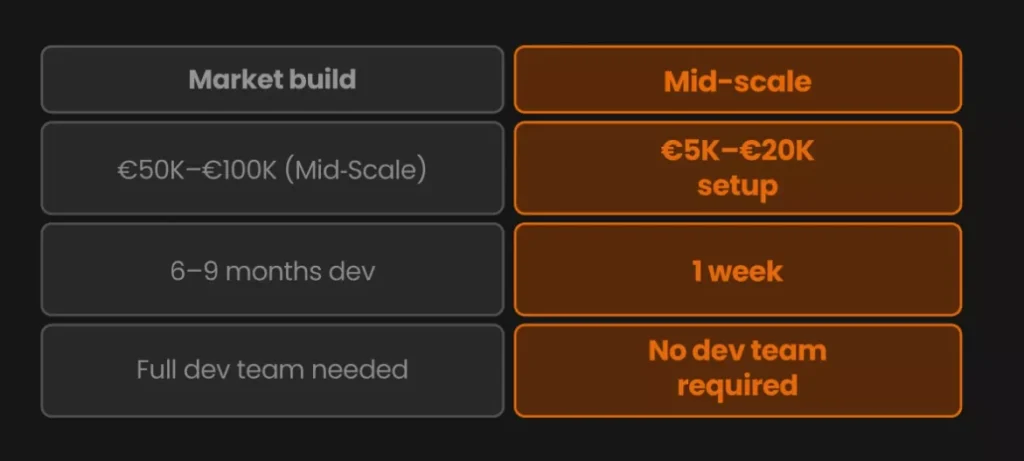
Unlike most startups chasing rapid VC rounds, Cezigue has taken a steadier path, one built on partnerships, public programs, and proof over hype.
The company’s first boost came from EIT Urban Mobility, which provided both funding and mentorship during the early development phase. That was followed by Bpifrance support and a crowdfunding campaign, which helped unlock additional matching grants. Together, those funds kept the company moving through the product’s critical build and testing stages without giving up equity or control.
Cezigue also secured backing from IoT Valley, the Toulouse-based incubator, along with regional support from Occitanie programs focused on sustainable innovation. To date, the company has relied almost entirely on these non-dilutive sources, which is a rare feat in the startup world.
Now, the team is preparing to raise around €700,000 to accelerate platform scaling and finalize its iOS release, but the focus remains the same – lean growth and long-term independence.
For the founders, it’s part of their philosophy. They believe that mobility tech should stay open, accessible, and human-sized, not swallowed by massive platforms or investor pressure. By keeping control, they’ve built a company that grows at the same pace as its customers. Thoughtfully, sustainably, and on its own terms.
Cezigue’s business model mirrors the accessibility it promises. Anyone can open the platform, start building, and explore the full toolkit for free. The billing only starts once an app goes live, when it’s actually being used. That means no upfront costs, no license fees, and no barrier to experimentation.
Subscriptions start at around €20 per month, giving small teams and municipalities an affordable entry point into connected mobility. Larger customers, such as OEMs, fleets, or public agencies, can opt for white-label deployments or custom integrations built by Cezigue’s team.
Beyond the software itself, Cezigue also offers custom module development and integration services for clients who need something more specific – from connecting fleet management APIs to embedding city-level transport data.
Their audience spans three main groups:
The idea is simple – make connected mobility tools as easy to access as cloud software. By lowering the technical and financial barriers, Cezigue turns what used to be complex, high-budget projects into something anyone can build and launch.
Most startups in connected mobility are chasing speed, scale, or data. They’re building APIs, cloud platforms, or closed ecosystems. But Cezigue chose a different route. Instead of focusing on how vehicles talk to the cloud, it’s focused on how people build the tools that connect to them.
The platform sits in a space most others ignore – between the mobile screen and the dashboard. While giants like Smartcar and High Mobility build developer APIs for automakers, and generic no-code platforms like Bubble or Power Apps focus on business apps, Cezigue bridges both worlds. It gives non-technical teams the power to build real, working mobility software without worrying about vehicle protocols or backend logic.
Its key differentiators are easy to spot:
In short, Cezigue isn’t trying to be the next mobility data giant, but they’re aiming to make the entire connected ecosystem more open, creative, and human. Where others build for developers, Cezigue builds for creators.
Cezigue has moved well past the early prototype stage. The platform already supports Android and Android Automotive builds, with iOS and web exports on the way. That alone gives it a head start in a space where most no-code tools stop at mobile apps.
The next step is scale – in reach. The team is preparing OEM integration pilots to validate in-vehicle compatibility and rolling out public-sector deployments with cities and regional authorities across France and the EU. These partnerships will test Cezigue in real environments, where the real challenge is keeping it reliable, secure, and adaptable to local data systems.
Behind the scenes, the company is working with ICAM engineering school to automate key parts of the development process, from testing frameworks to intelligent data mapping.
The long-term goal is to make onboarding nearly instant. A city or fleet operator could sign up, plug in a few data sources, and launch an app the same day.
The team is developing features for multi-user workspaces, allowing design, operations, and IT teams to co-create apps together. A module marketplace is on the horizon too, a place where developers and partners can share or sell their own building blocks.
If the roadmap stays on track, Cezigue could become something rare in mobility tech – a truly open platform. The founders call it the “WordPress of connected mobility”. And we all know how big WordPress is today.
Most of the mobility world still revolves around a few big players – automakers, tech giants, and software vendors with the resources to build everything in-house. That’s why progress often feels uneven. The technology exists, but the tools to use it aren’t evenly shared.
Cezigue wants to change that. By making app creation simple and affordable, it opens the door for smaller teams, local governments, and independent operators to build connected experiences of their own. A city can create its own smart-parking app. A fleet manager can launch a maintenance dashboard. A regional bus service can design an app that actually fits its passengers. And it all happens in a flash.
That kind of accessibility matters more than any single innovation. Because in the end, the future of mobility won’t be defined by who builds the most advanced car API, it’ll be shaped by who makes those capabilities usable by everyone else.
Or, as the Cezigue founders like to put it: “Mobility belongs to everyone, so should the tools to build it.”